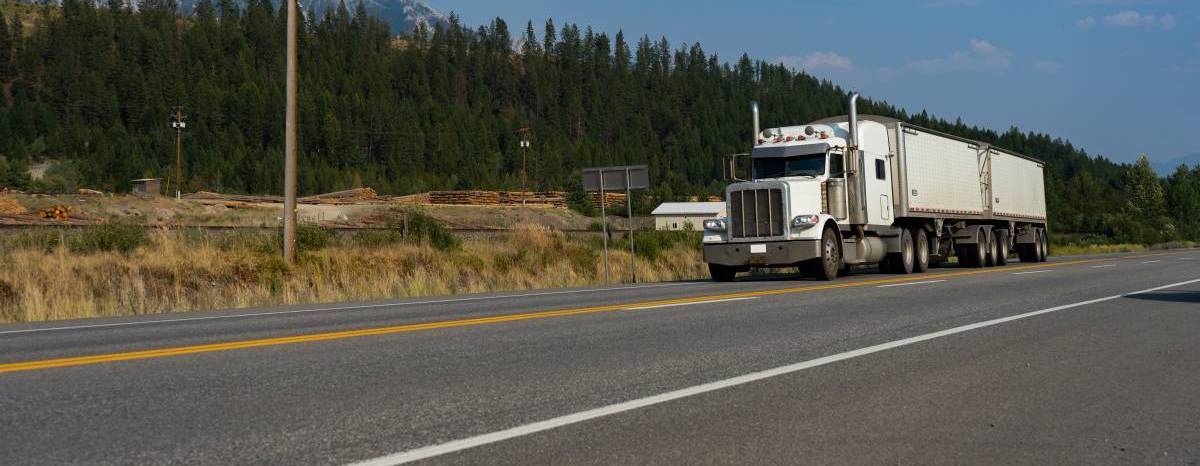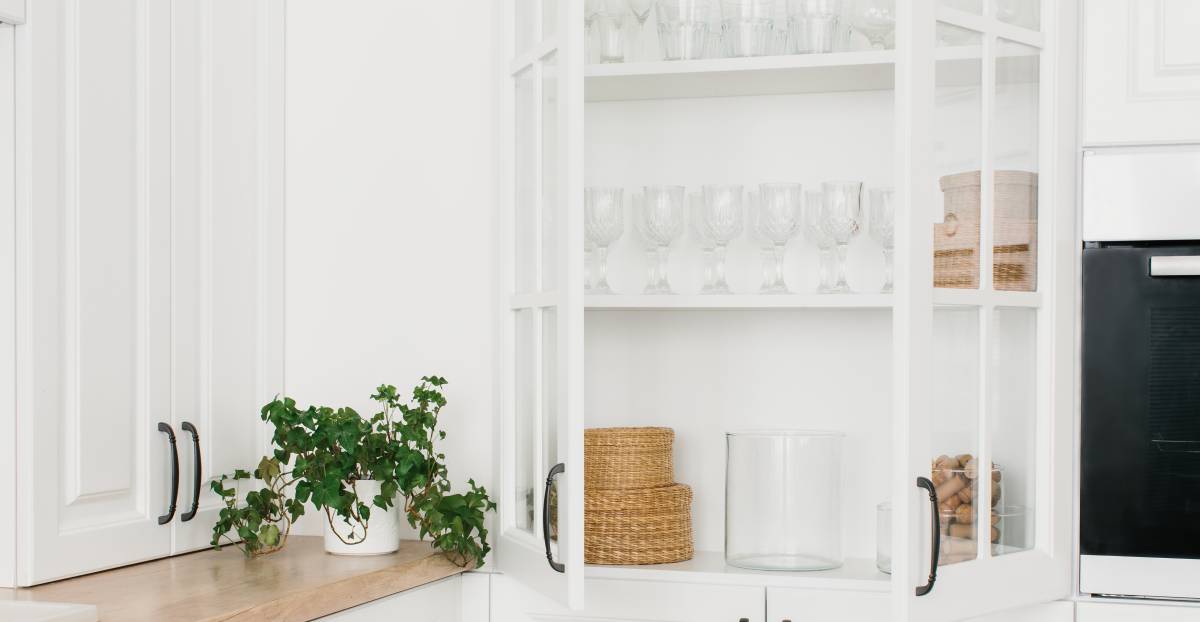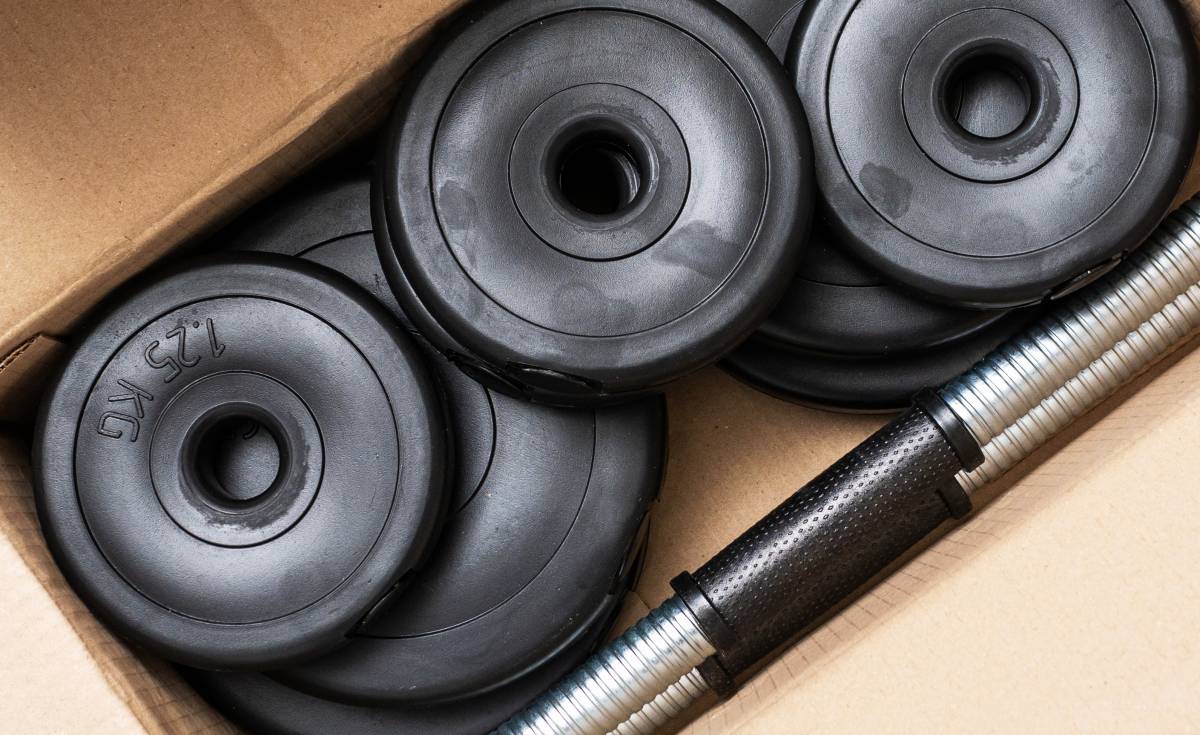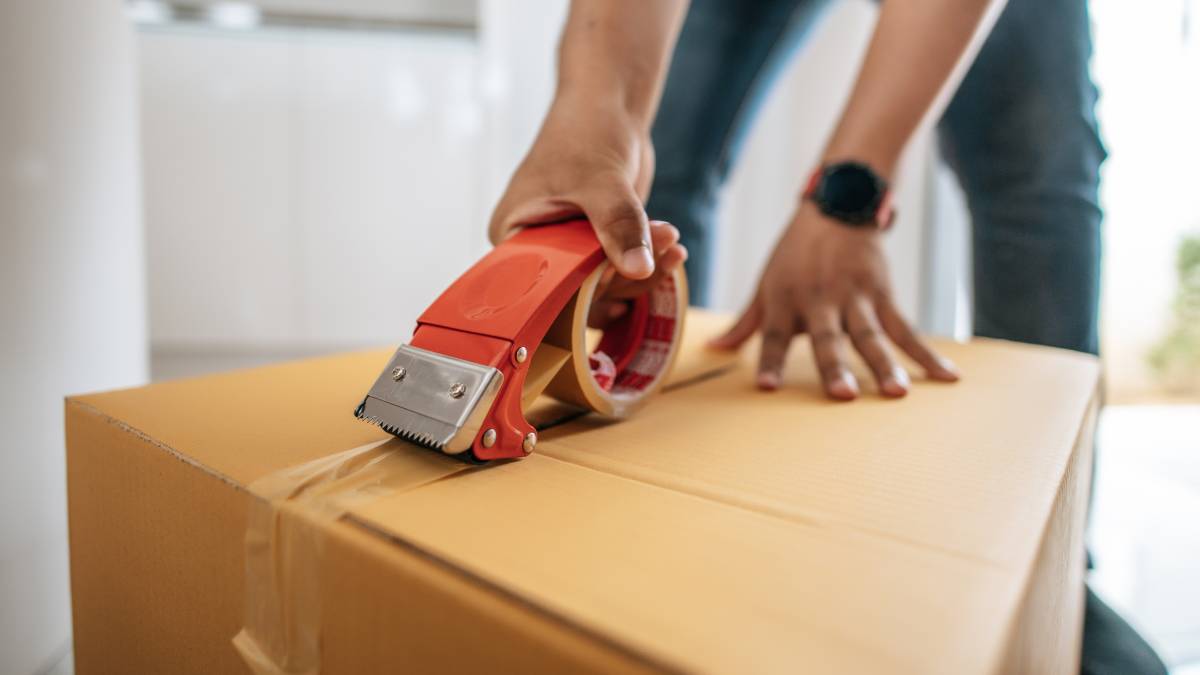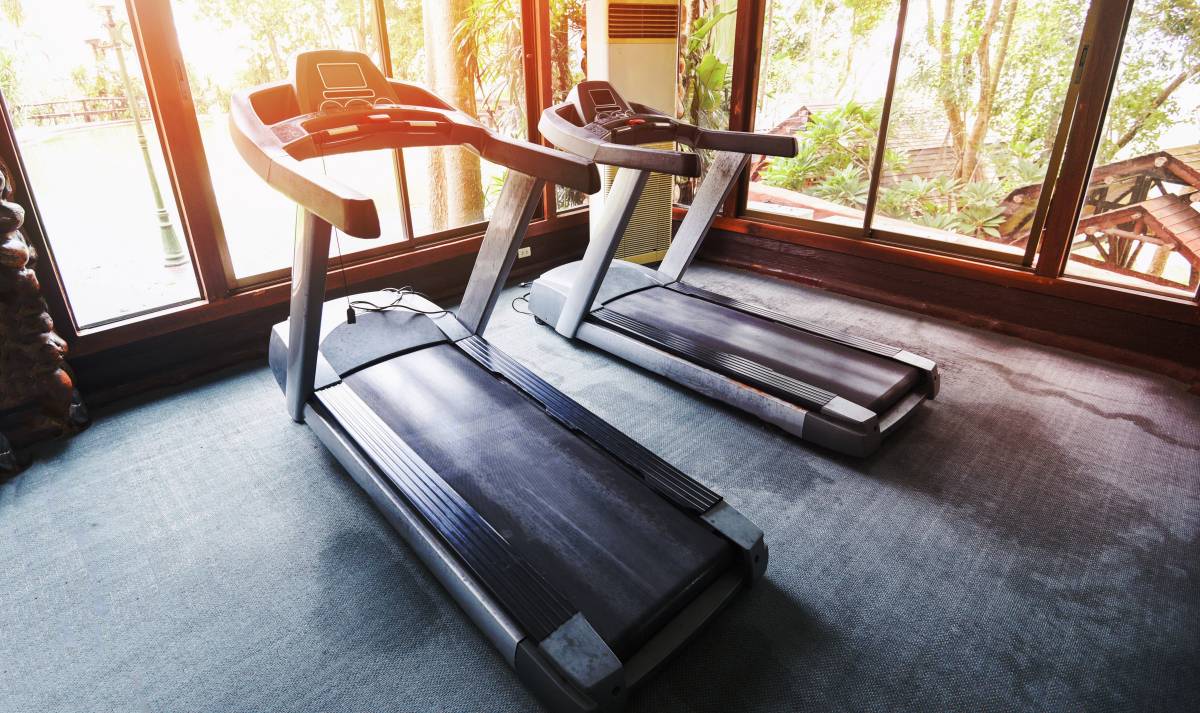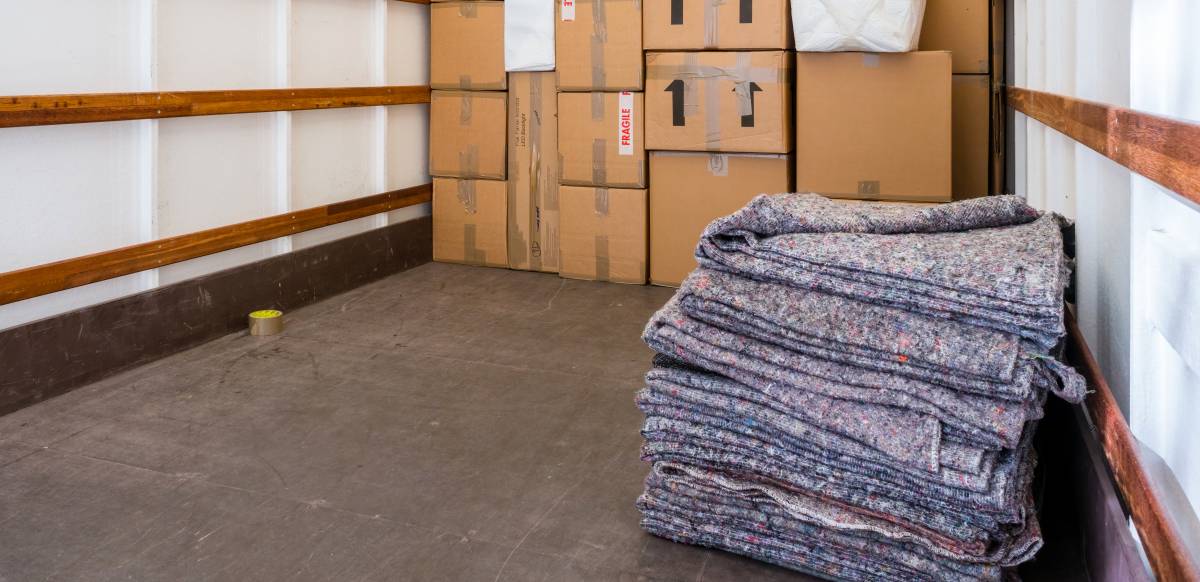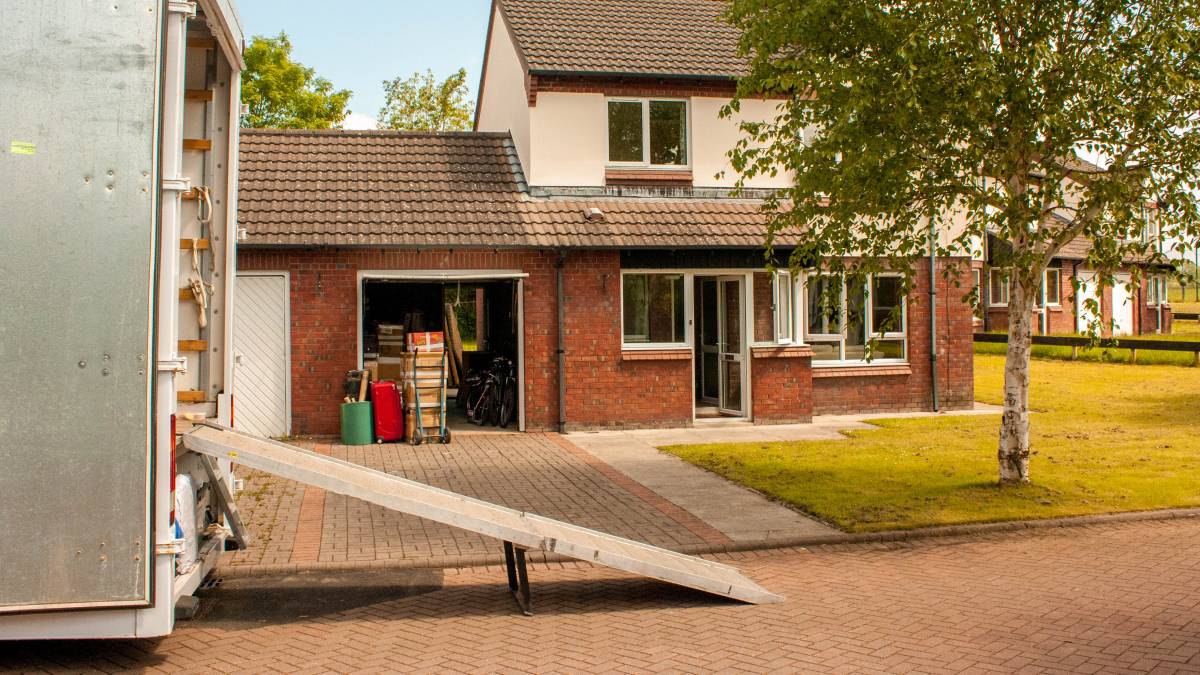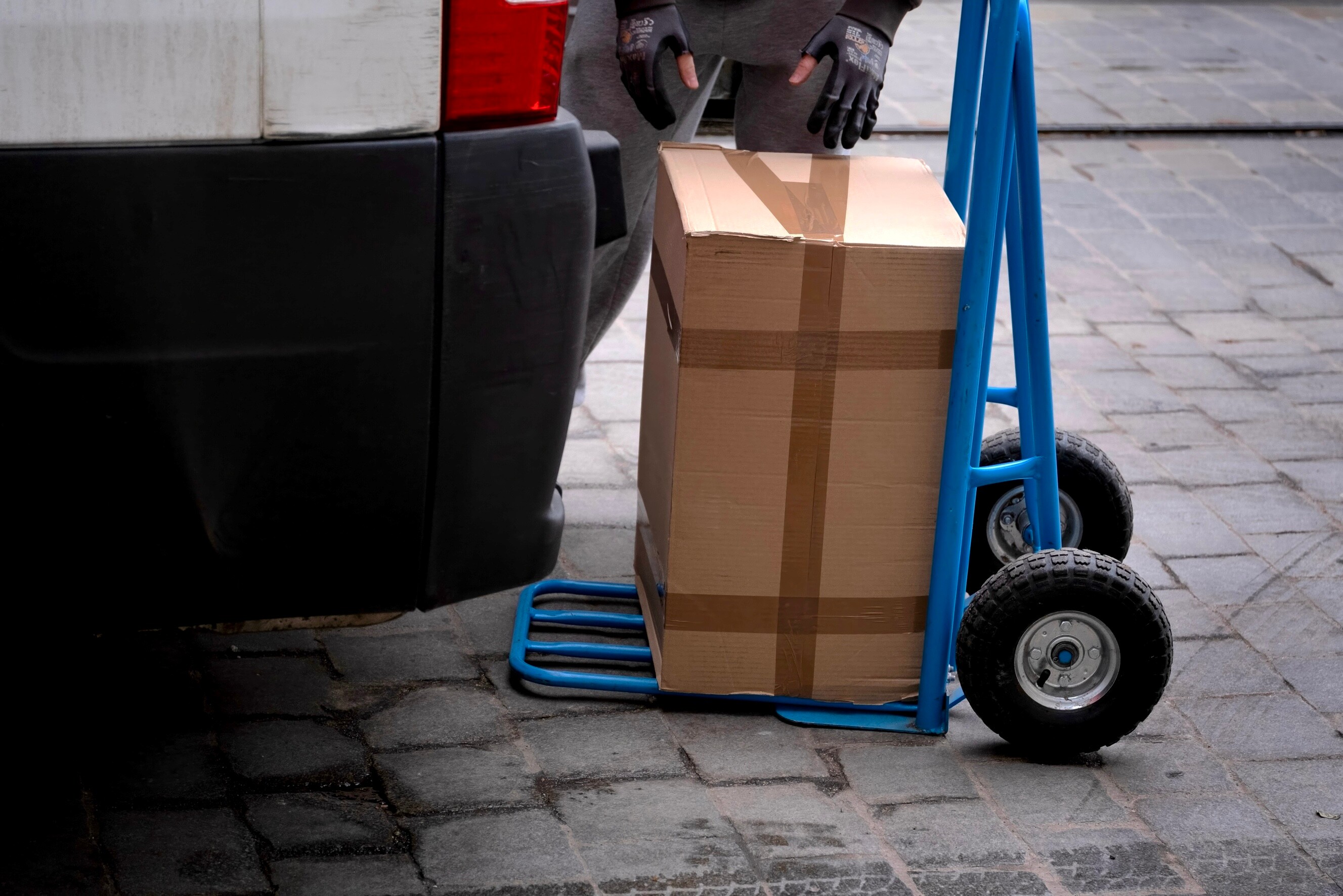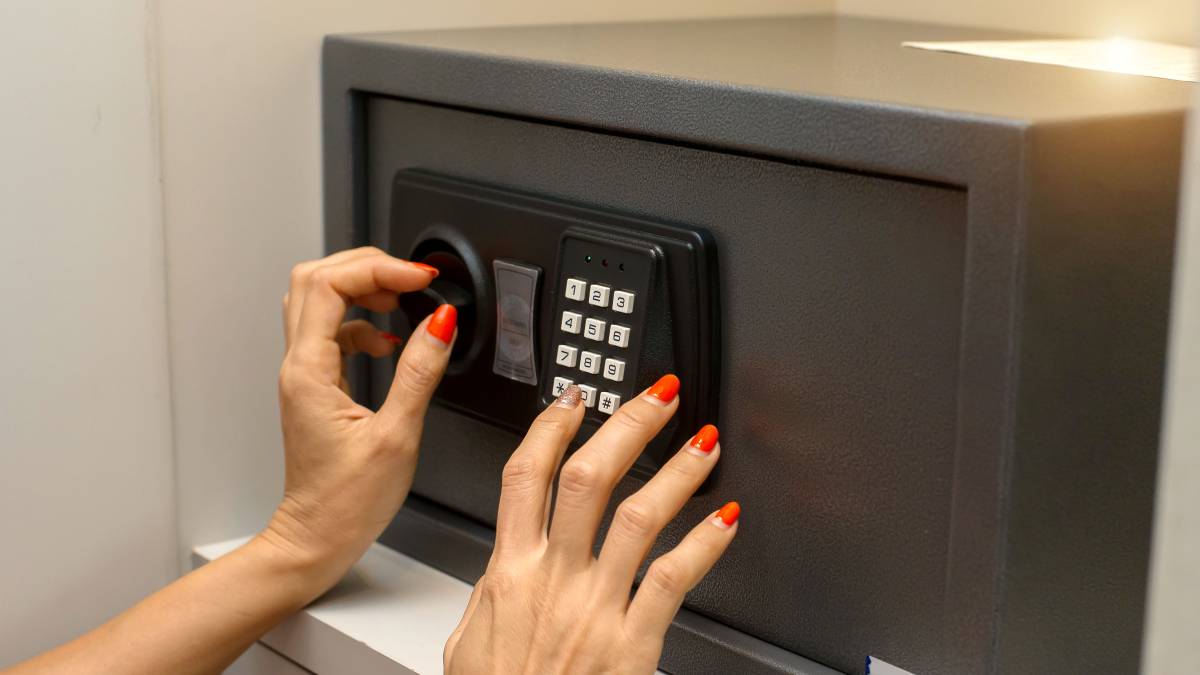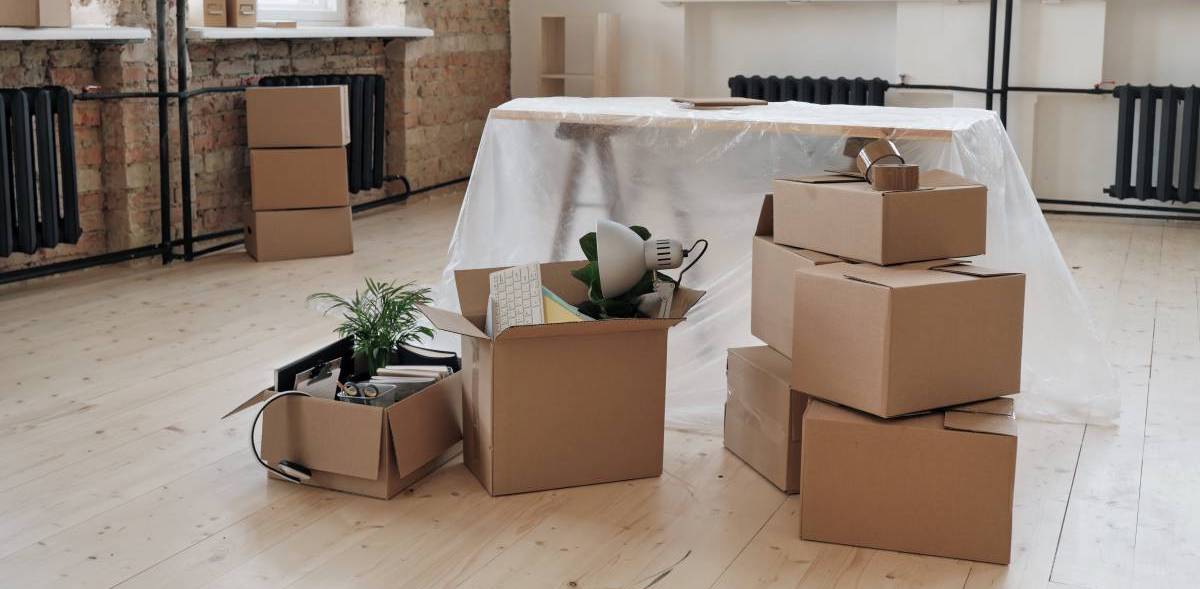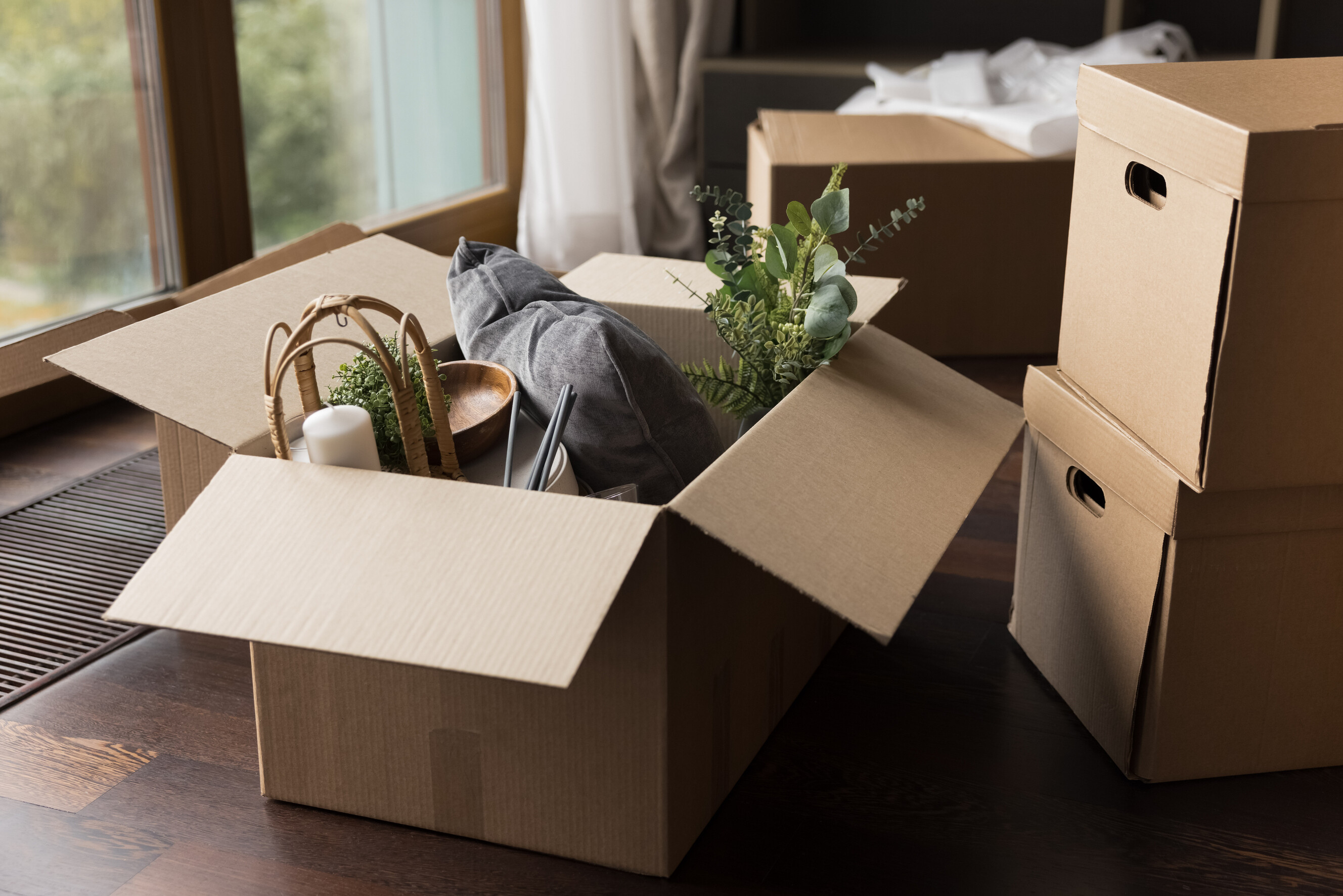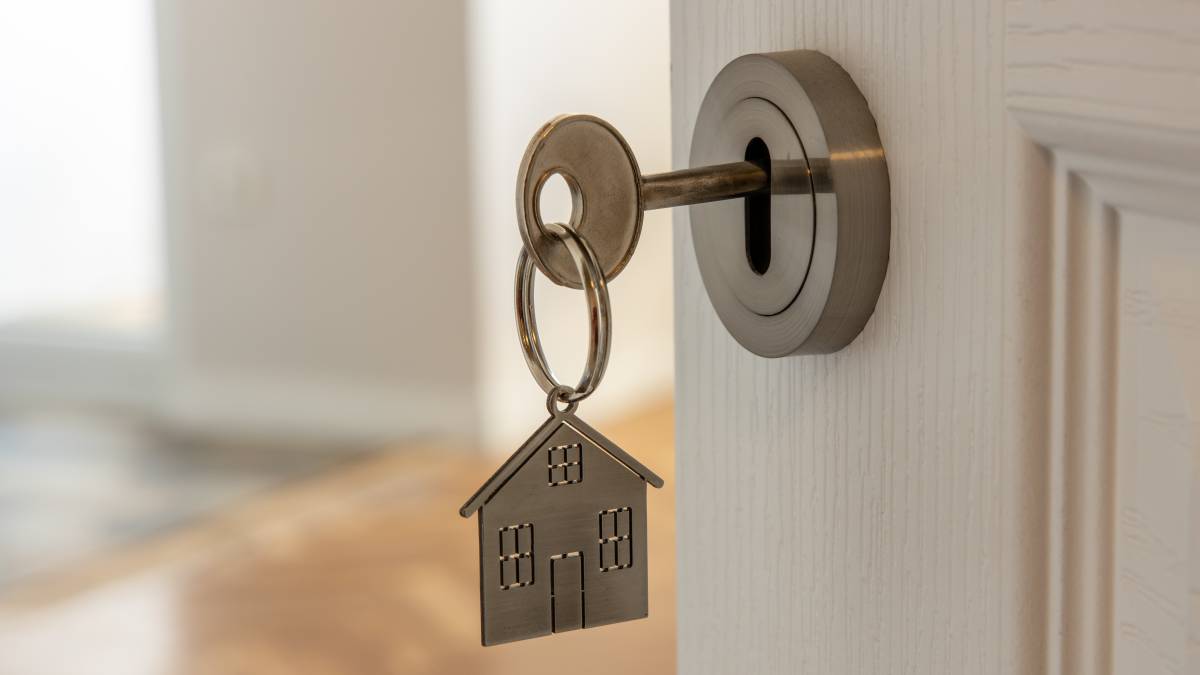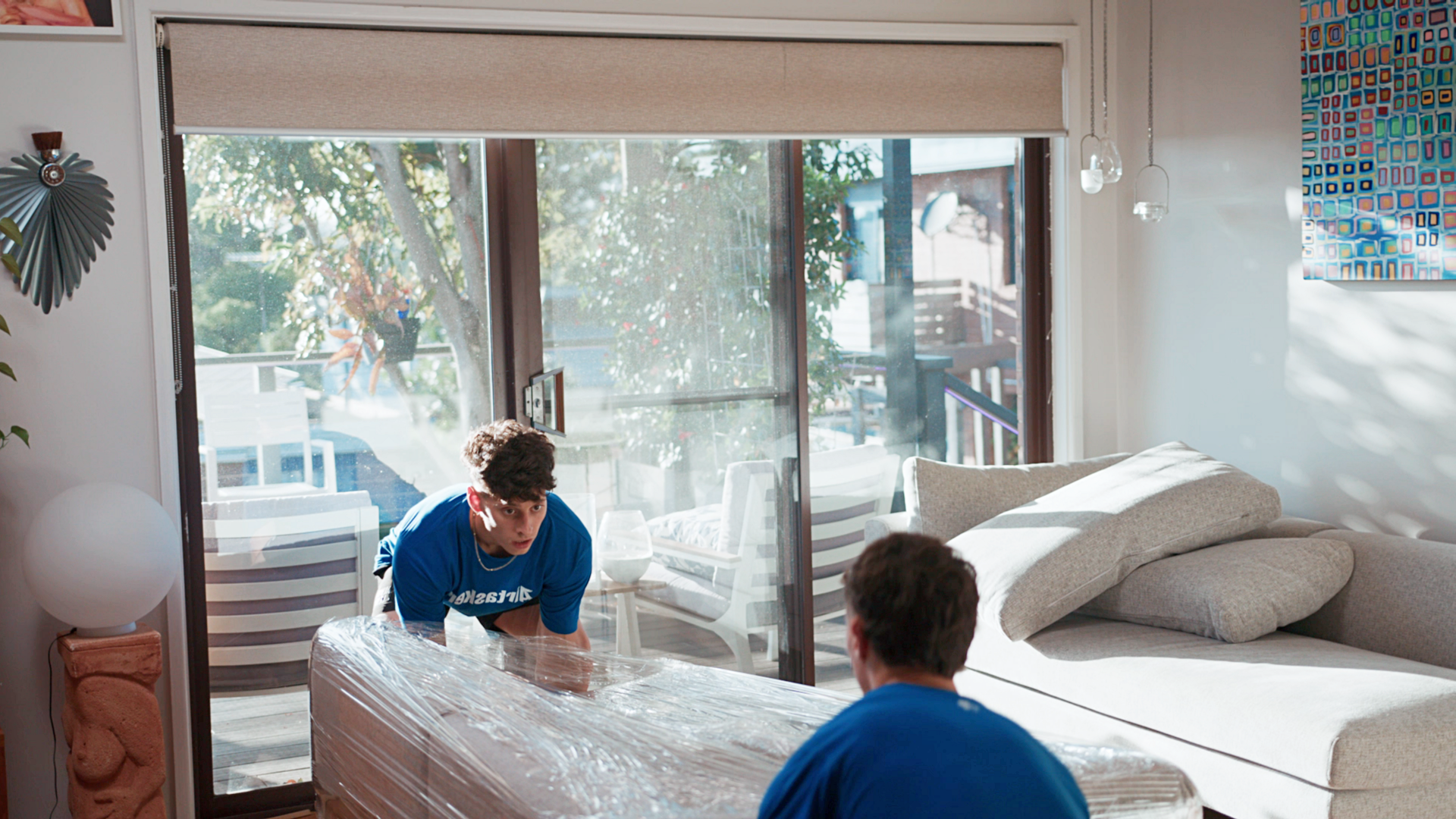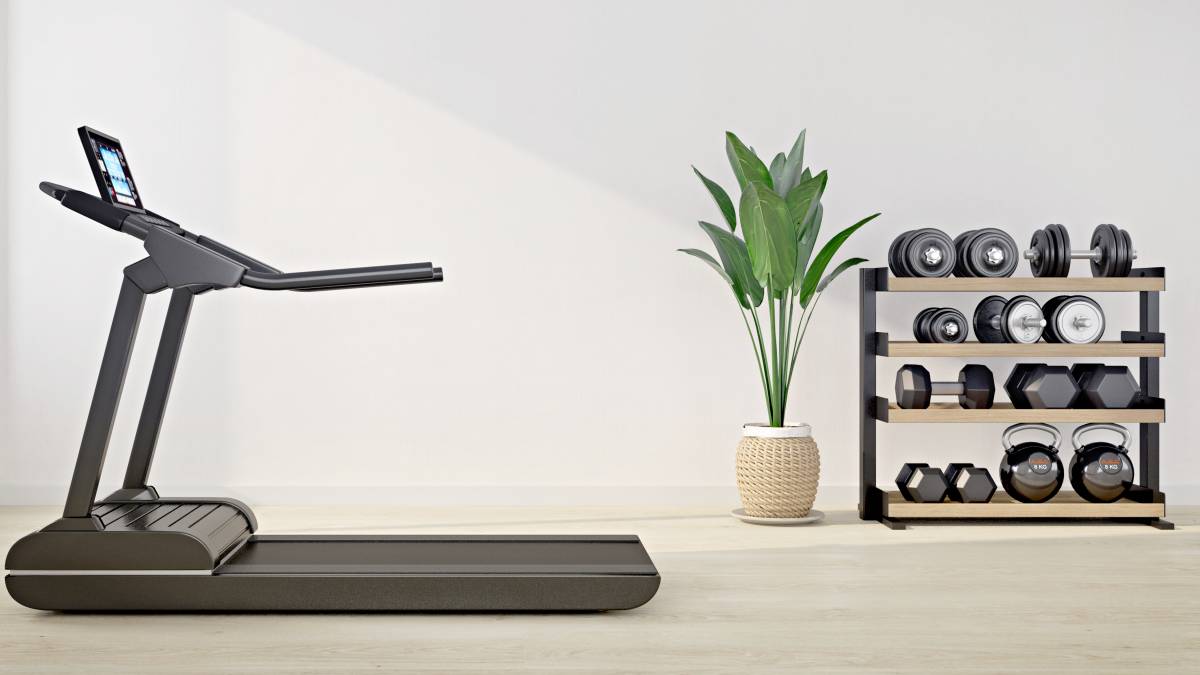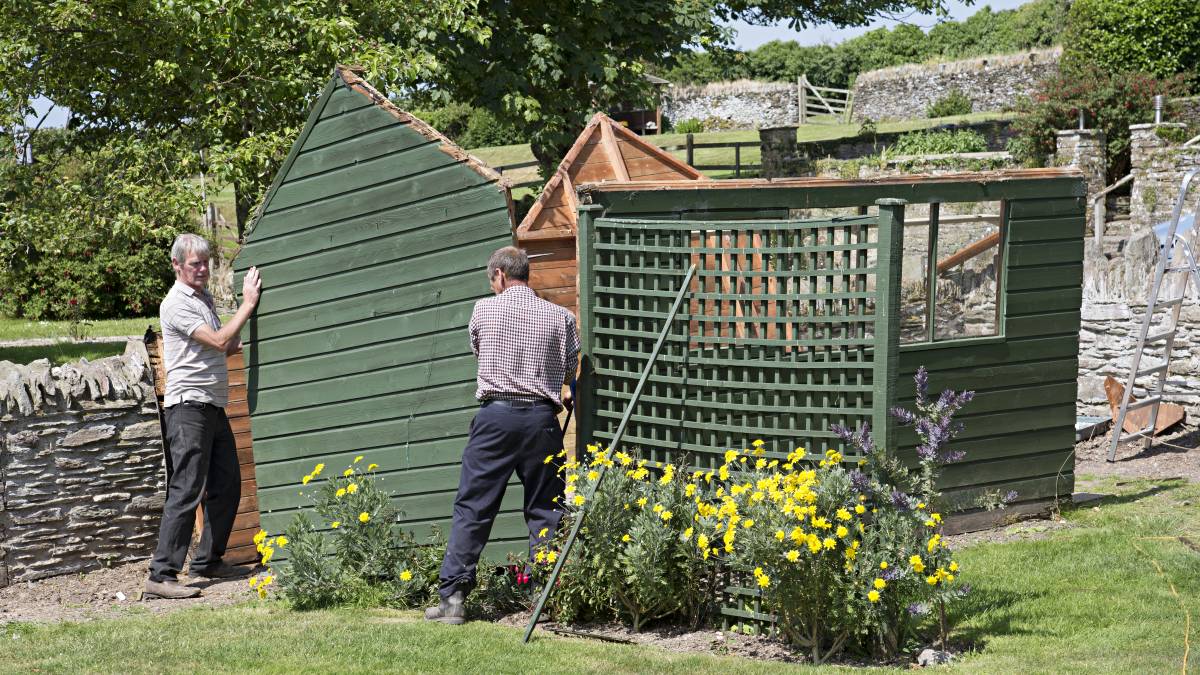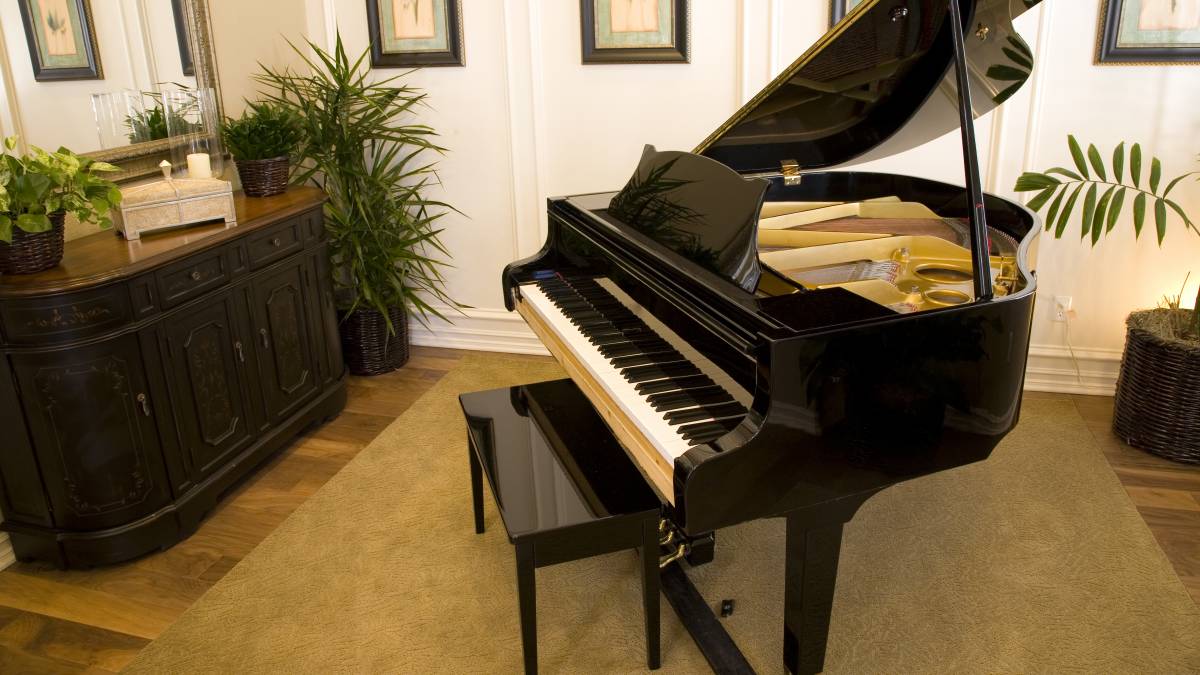
Published on

Written by Ella M.
Staff Writer
Read more about our contributor
Key Takeaways:
Preserve meaningful heirlooms, create keepsake boxes, and photograph sentimental items so their stories continue in your new house without overwhelming it.
Prevent financial surprises and family conflicts by budgeting carefully, discussing expectations openly, and prioritizing housing needs early.
Hire professional movers to manage heavy lifting, transport, and logistics. This will allow you to conserve energy and reduce stress when downsizing.
Is your dream of a cozy, minimal home getting crushed under the weight of what to keep and what to toss? For many empty-nesters and retirees, downsizing sounds refreshing: less space to clean, lower costs, and a simpler lifestyle.
But once the process begins, reality often sets in. Suddenly, the memories tucked inside every room, the logistics of moving, and the uncertainty of what comes next reveal themselves as downsizing challenges that no one expects.
The good news is you don’t have to navigate it alone. This guide covers common hurdles and downsizing tips to help you move beyond the stress of letting go and begin creating a new home that supports the life you want to live now.
1. The emotional toll of letting go
Saying goodbye to a long-time family home is one of the hardest downsizing challenges. After all, it’s not just a house but the backdrop to birthdays, family dinners, and even the well-worn dining table that’s seen decades of stories. For many, the decluttering process is already overwhelming because every item carries a memory.
Moving from a house to an apartment can feel like closing a chapter of life, making the thought of moving into a smaller space feel daunting rather than liberating. Still, there are ways to make the process more meaningful.
First, focus on what truly matters. Bring along cherished heirlooms and create memory boxes that preserve the spirit of your family home in your new space. Photograph meaningful items you can’t keep so their stories aren’t lost.
2. The sheer volume of “stuff”
 Decluttering and organizing unused clothing items. (Source: iStock)
Decluttering and organizing unused clothing items. (Source: iStock)
It’s easy to underestimate just how much we’ve accumulated over the years. According to research, more and more seniors are settling into life on their own, often in roomy houses with spare bedrooms. That’s a lot of unused space filled with furniture, storage boxes, and “just in case” items. No wonder working out how to get rid of stuff can feel difficult. Suddenly, there’s less space in your new home, but your current home is overflowing with stuff you rarely use.
The trick in downsizing for seniors is to start small and allow yourself to take it step by step. Tackle one drawer, one closet, or one room at a time, and sort belongings into simple categories: Keep, Donate, Sell, or Discard.
3. Family disagreements
Downsizing to a smaller home is rarely a journey made alone. Family members often bring different ideas to the discussion. A partner might dream of a smaller property with less maintenance, while adult children may struggle with the thought of selling the family home. Then come the decisions about which heirlooms should stay or go.
What should be an excellent opportunity for a fresh start can quickly feel overshadowed by conflict. With so many voices at the table, downsizing your home can quickly feel a lot burdensome.
4. Financial uncertainty and hidden costs
 Reviewing contracts to avoid unexpected costs. (Source: iStock)
Reviewing contracts to avoid unexpected costs. (Source: iStock)
Many people downsize hoping to boost their savings or free up extra cash. But the financial side of moving often brings a few surprises. Beyond selling your current home, there are real estate commissions, legal fees, and property taxes or stamp duties that can quickly eat into your proceeds. You’ll also need to factor in moving expenses like professional movers, storage, insurance, and sometimes even unexpected renovation or repair costs in your new place.
If you’re moving into a condo or retirement community, ongoing HOA or community fees can add up, too. On top of that, changes in your assets could affect pension or Social Security benefits, making the “simpler life” feel more complicated than planned.
That’s why it’s smart to go in with a clear financial plan. Outline all your expected and possible surprise costs, and build in a small cushion for the unexpected, whether that’s repairs, delays, or moving hiccups.
5. Lack of suitable housing options
One of the most frustrating home move challenges for retirees in the US is the limited choice of homes that balance comfort, convenience, and affordability. It’s no wonder 69% of the general American population admits they’re “very concerned” about the rising housing costs.
Many areas offer either large family homes or small apartments, with few options in between. Older adults often seek single-story layouts, accessible features, or communities that foster connection, but these homes can be scarce or quickly claimed. This mismatch between needs and availability can make the dream of a simpler lifestyle feel out of reach.
If the housing market feels discouraging, consider adapting existing homes rather than searching for the “perfect” one. Look at smaller properties that may not tick off every box, but can be modified with accessibility updates, such as adding grab bars, widening doorways, or reworking layouts.
6. Physical and mental exhaustion
 Senior couple carrying boxes during a home move. (Source: iStock)
Senior couple carrying boxes during a home move. (Source: iStock)
Even after the big decisions are made, the process itself can still take a toll. Downsizing is often described as a marathon, not a sprint. And between sorting furniture, packing up room after room, and making decisions about thousands of belongings, it’s easy to hit a wall.
According to the Census Bureau, 12.1% of the population (or approximately 40 million people) moved to new residences. This shows that many face the same exhausting physical and mental journey. Add the pressure of selling, moving, and adapting to less space in a new home, and it’s clear why the end-to-end downsizing process is one of life’s most stressful transitions.
Downsize and move with ease
Every transition comes with hurdles, but downsizing is more about possibility than loss. Even if these challenges feel daunting at first, they can pave the way for a simpler, more fulfilling lifestyle. A smaller home means less maintenance, more time for hobbies, and a chance to enjoy the freedom you’ve earned.
And remember, no move is ever truly done alone. Post a task on Airtasker today and find a professional mover to simplify the process, lighten your load, and feel confident every box is handled with care. With the right help, even the biggest downsizing challenges become manageable, leaving you free to focus on the joy of your next chapter.
Learn more about our contributors

Written by Ella M.
Staff Writer
Ella M. is a content writer and editor with years of experience helping readers find simple ways to make everyday life easier. She writes about moving, home organisation, and lifestyle improvement, with a focus on clarity, practicality, and a relatable approach. Outside of writing, Ella enjoys exploring new recipes, catching up on lifestyle trends, and unwinding with a good puzzle game.
FAQs on downsizing
In the US, most people start downsizing in their mid-50s to late 60s. This is when children leave home, retirement planning becomes a priority, and maintaining a large property feels less practical.
Downsizing in retirement can be a smart financial and lifestyle move. It often reduces monthly expenses, frees up home equity, and minimizes upkeep. This allows retirees to focus on travel, hobbies, or family. However, the decision depends on health needs, emotional readiness, and housing markets, so weighing both pros and cons is key.
While downsizing offers many benefits, common challenges include the emotional stress of leaving a longtime home, the effort of decluttering, and adjusting to a smaller space. Moving expenses, closing costs, and unexpected fees such as property taxes or HOA dues can also reduce savings. However, planning ahead helps minimize these downsizing challenges.
The downsizing process in the US can take anywhere from three to 12 months. The timeline depends on factors like how much decluttering is needed, market conditions for selling your home, and emotional readiness to make the move. Thus, starting early makes the transition smoother and less overwhelming.
Find local movers, fast
Find a local mover
Related articles

A guide to becoming a mover
Read more
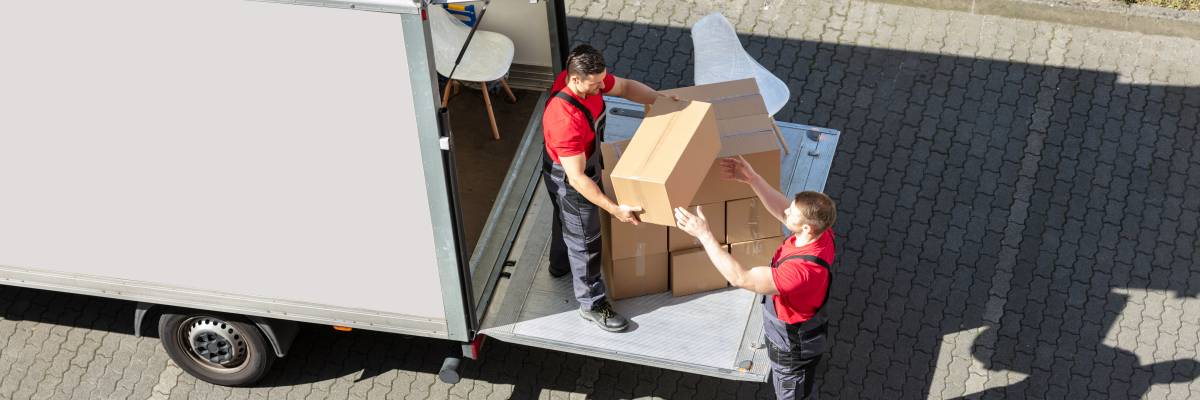
How much do movers make?
Read more

Tips for moving house with kids
Read more
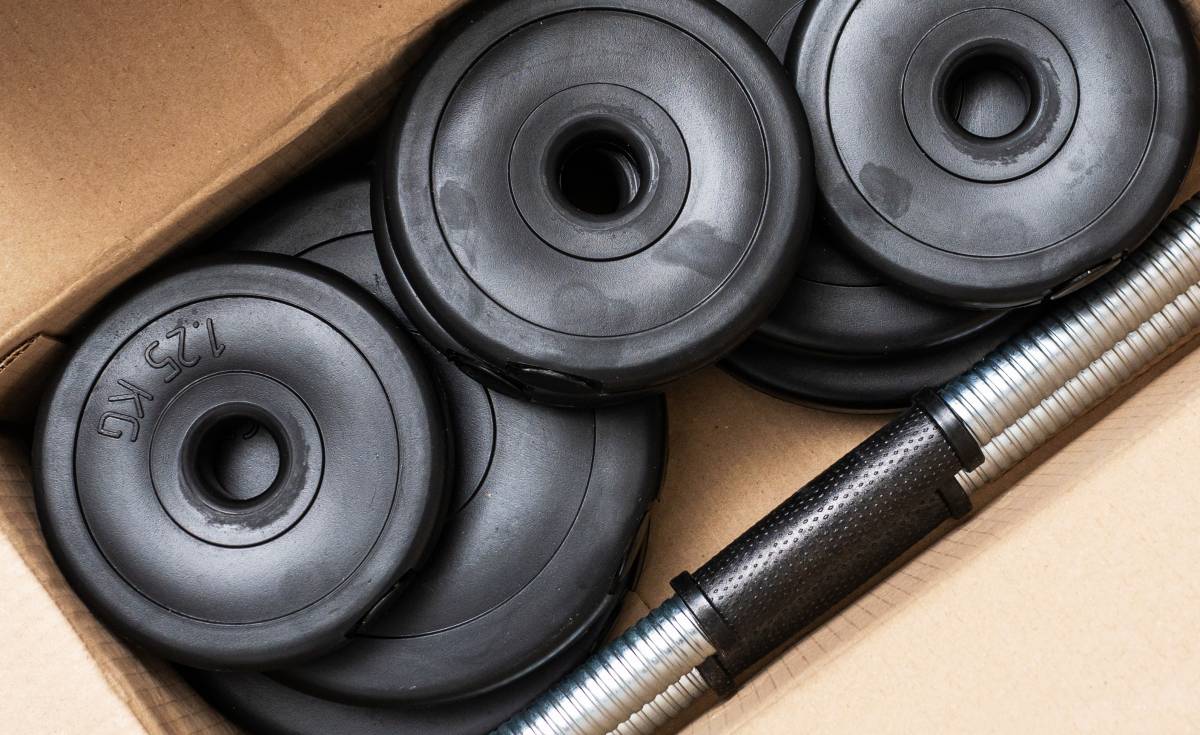
How to move gym equipment safely
Read more

How to pack kitchen items
Read more

How to pack artwork for moving
Read more

How to pack books for moving
Read more
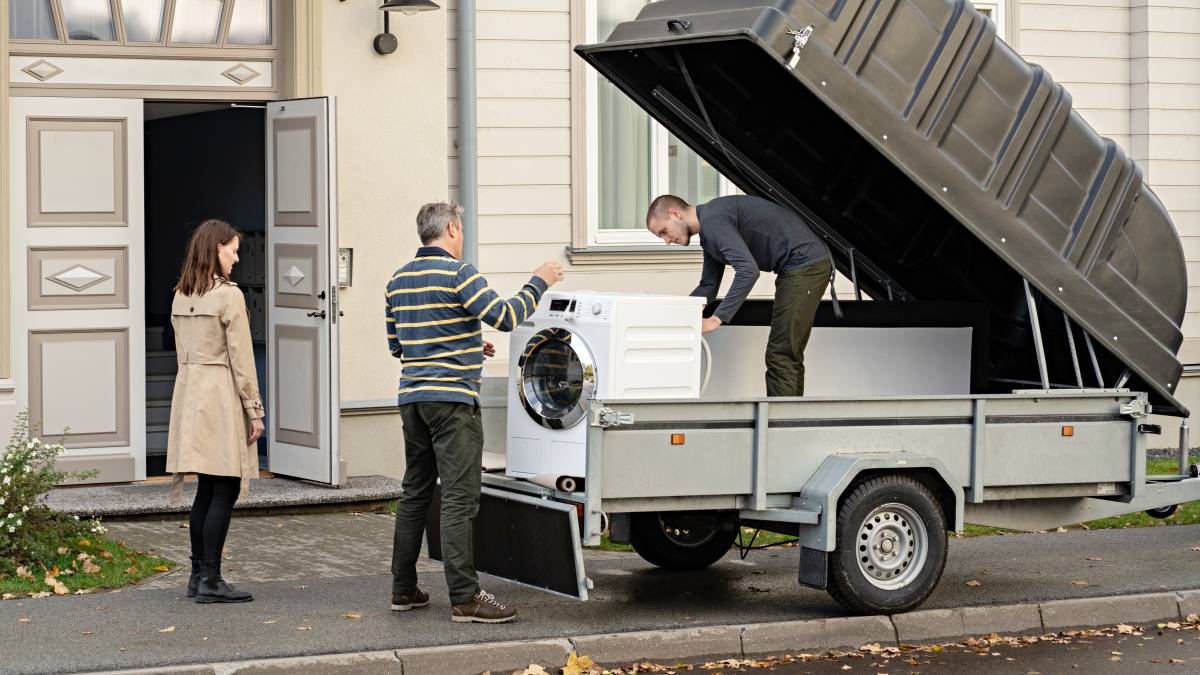
How to move a washing machine
Read more

How to move a pool table
Read more
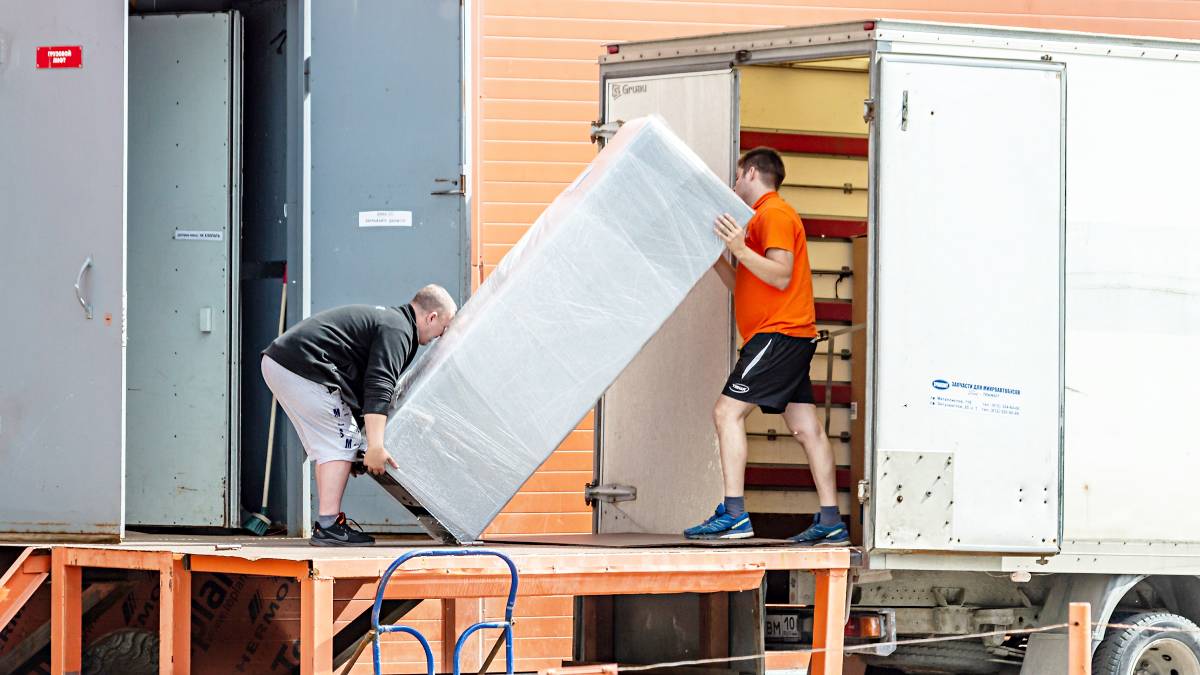
How to move a refrigerator
Read more

How to pack bedding for moving
Read more

How to move a pinball machine
Read more

Where to get moving boxes for free
Read more

How to wrap furniture for moving
Read more

What movers won’t move
Read more

The ultimate packing and moving list
Read more

Moving interstate checklist
Read more

Moving out of state checklist
Read more
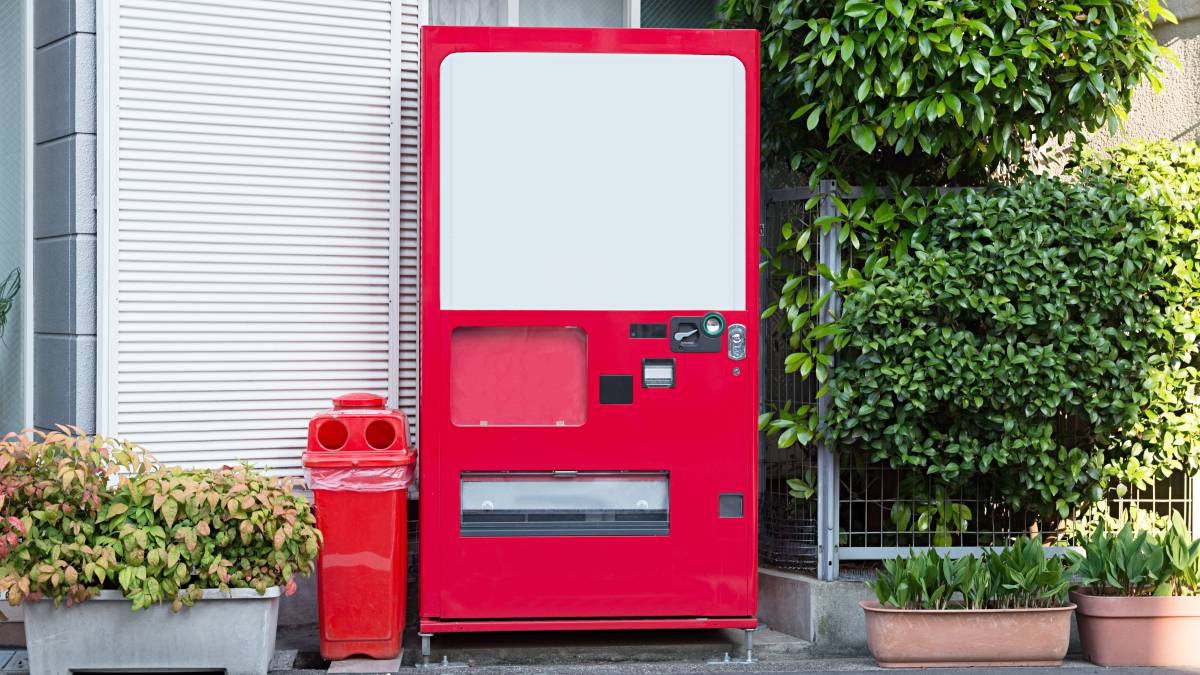
How to move a vending machine
Read more
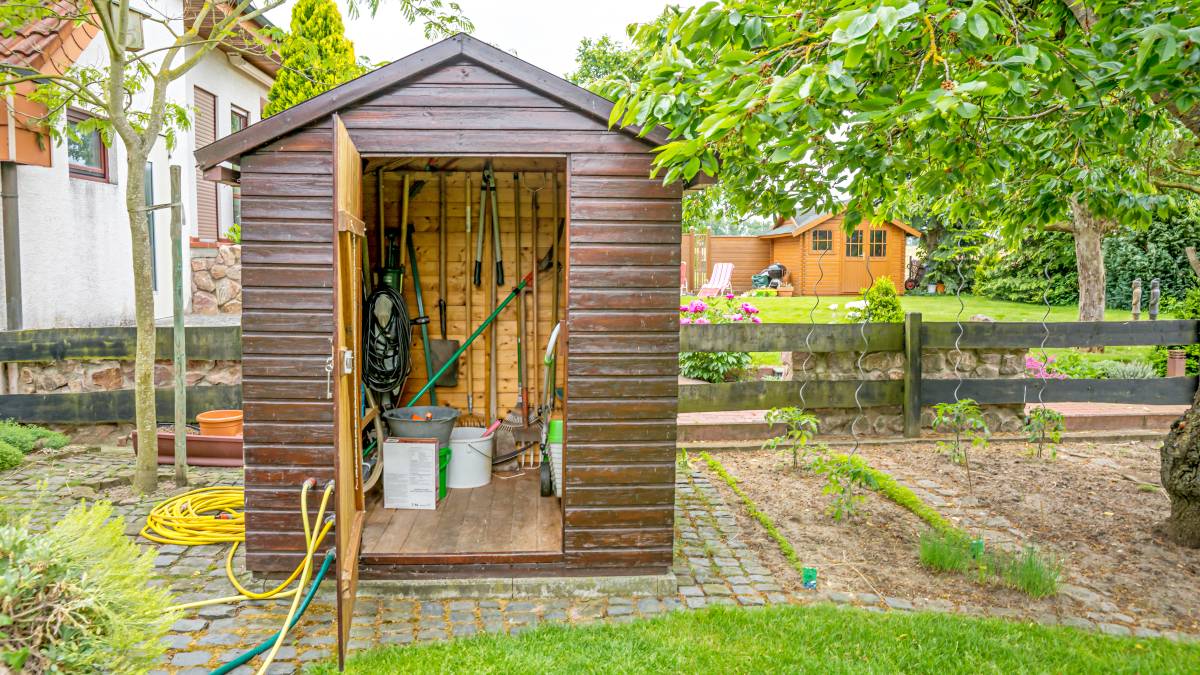
How to move a shed
Read more
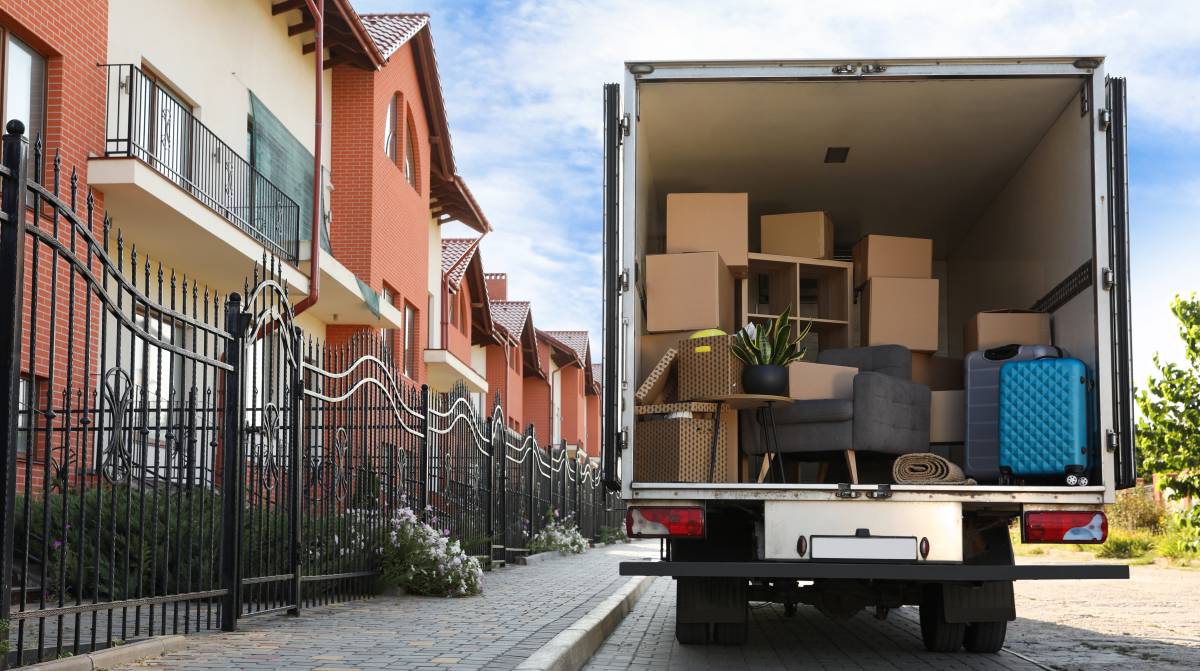
How to pack a moving truck
Read more
Related price guides
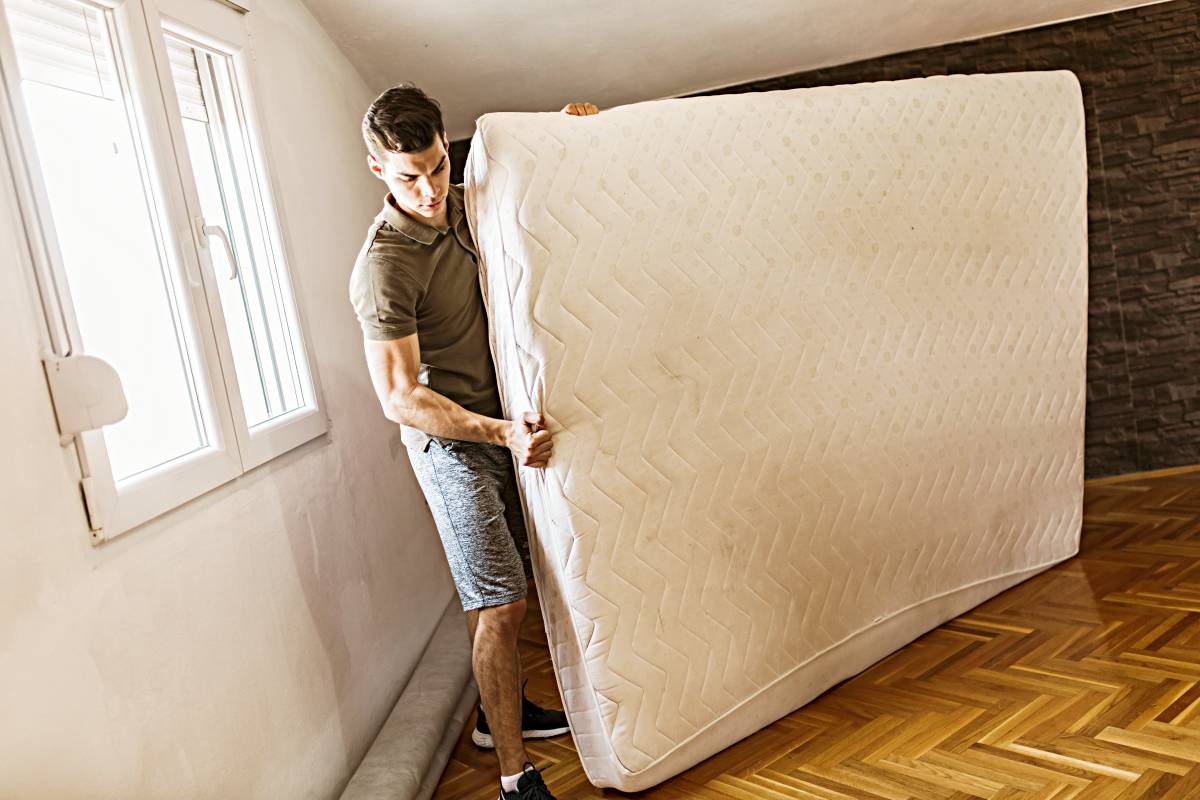
How much does mattress removal cost?
Read more
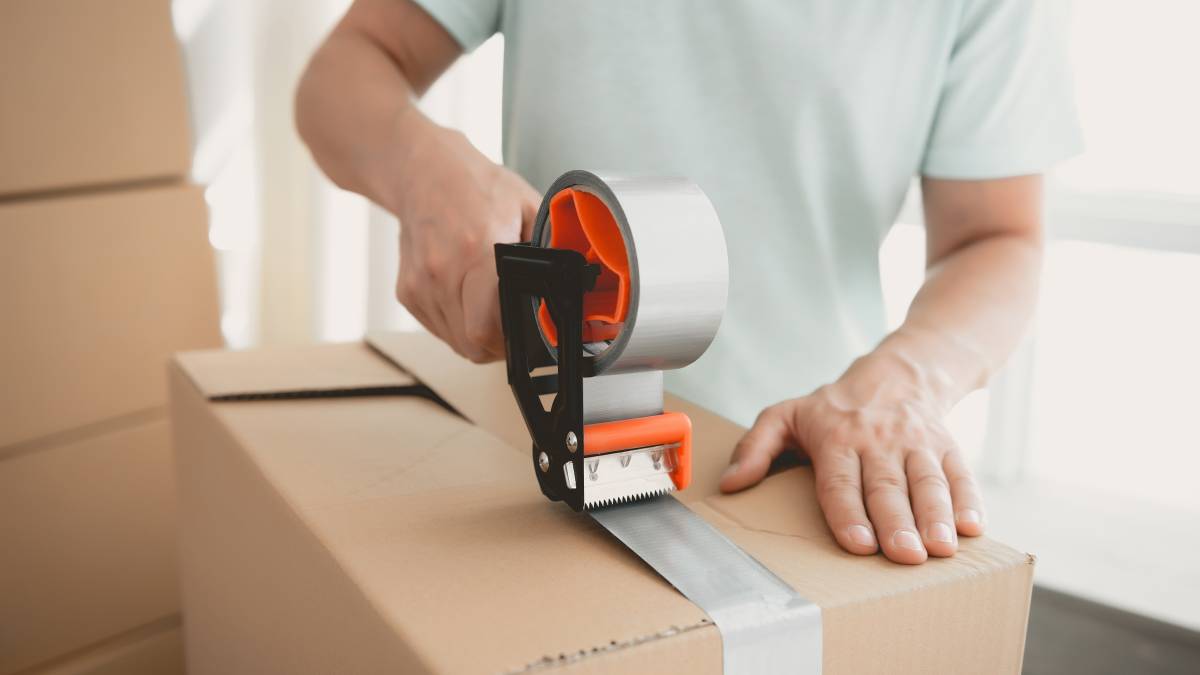
How much do packers cost?
Read more

